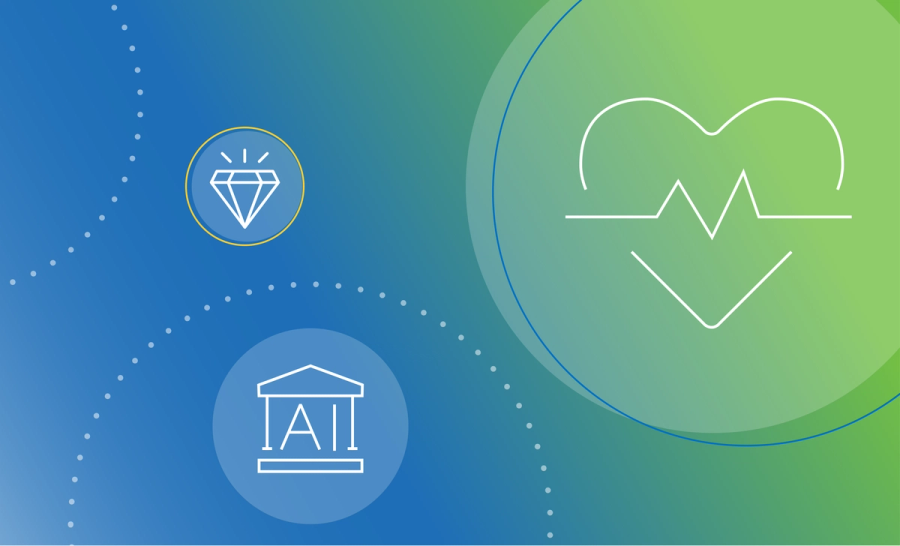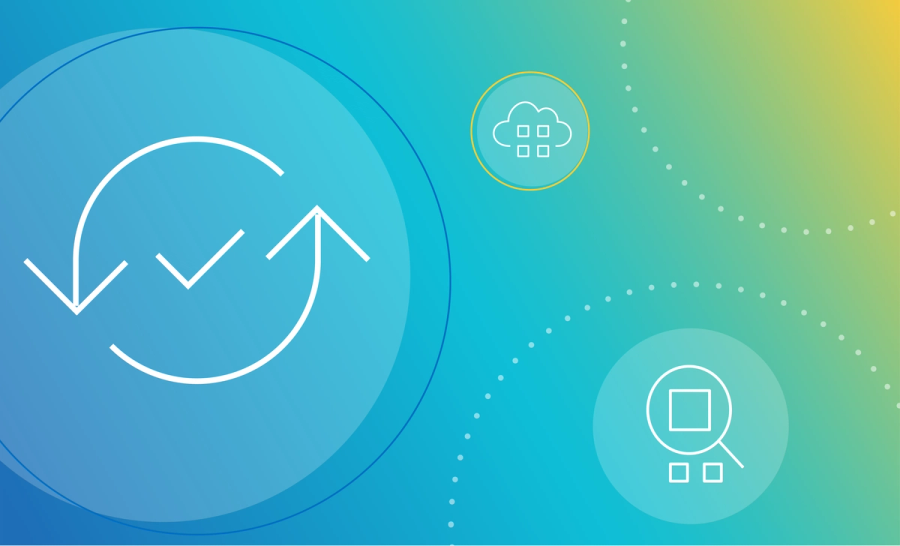How to create an enterprise vision for data quality

Organizations trying to capitalize on their growing volumes of data are focusing on formalizing their data strategy. The compelling reasons for this effort are a better understanding of data and constant access to high-quality data.
Making the case for data quality
Data quality is the extent to which data represents what it purports to represent and the extent to which it satisfies a specific requirement.
The benefits of high-quality data are multi-dimensional. To convey these benefits convincingly to others, the stakeholders themselves need a thorough knowledge of data quality and how to achieve it. The whitepaper from First San Francisco Partners outlines how you can make a case for data quality. The whitepaper then discusses how you can leverage Collibra Data Quality & Observability for enabling enterprise-scale data quality.
A practical approach to making your case begins with determining your “why”. The reasons and their priorities vary from organization to organization. Evaluate your needs for data quality and then establish your data quality function. A data quality function works with a mechanism to set expectations and supports data citizens when quality issues arise. The final stage of making your case is deciding your data quality steps. A well-defined set of steps ensures that the data is assessed, monitored, and measured against expectations for use.
Seven steps to achieving high data quality
The following seven steps present the typical roles and activities involved in formalizing the data quality function in your organization.
- Data Profiling – Acquire and assemble data quality dimension measurements. Get the classification results of targeted datasets and data sources.
- Data Quality Assessment – Leverage profiling results to determine if the datasets meet the intended need and any additional quality considerations. This is the step where data quality rules get identified and implemented. Also, the agreement is made on how best to apply them.
- Data Cleansing and Standardization–Data is converted into the expected format so that data quality rules or checks can be applied based on analysis in the previous steps.
- Data Quality Monitoring – Scheduled checks are performed according to the defined rules and the identified requirements.
- Data Issue Management – In case of data exceptions, criticality is assigned, and the data owners are notified. The issue is tracked, and the impacted data consumers are notified of the status.
- Data Issue Remediation – A root-cause analysis is conducted, and the corrective action is determined. The action is tested and implemented.
- Data Quality Performance and Impact Reporting – The data quality function is assessed and reported. The report includes metrics, such as the number of identified issues for each data asset or the average time from detection to resolution.

You can manually perform the first four steps. Though, automation can boost your efficiency and accuracy. Using enterprise-scale, machine learning-enabled tools like Collibra Data Quality & Observability is even better. It improves your speed and streamlines the flow of these steps.
Enterprise-scale data quality
The need for trusted data is growing as organizations continue to invest in advanced analytics, cloud migration, and digital initiatives. An established data quality function reduces the risk and ensures success in these data-heavy initiatives. Leveraging metadata and governed data practices can help you scale data quality across the enterprise.
The Collibra Data Intelligence Cloud enables you to identify sensitive data and enforce the data usage policies for compliance. You can use collaborative workflows to engage the right people at the right time to manage data quality issues. Capturing metadata in Collibra helps your data consumers know more about the data and how best to use it. The Collibra self-service functionality provides you with key metrics about what is going well and what needs additional oversight. The user-friendly dashboards provide data views and tangible results, empowering all stakeholders to contribute proactively.
To summarize, the first step to data quality is creating the enterprise vision for it. Use the story of your organization’s data quality journey for an enterprise-wide view. Assessing the current state of the quality of your data and where it needs to be, helps you get the right focus. Seize the data-focused momentum and make your case for data quality.
In this post:
Related articles

Data QualitySeptember 12, 2024
What is data observability and why is it important?

AIJuly 15, 2024
How to observe data quality for better, more reliable AI

Data QualityNovember 8, 2024
Announcing Data Quality & Observability with Pushdown for SAP HANA, HANA Cloud and Datasphere

Data QualityNovember 16, 2023
The data quality rule of 1%: how to size for success
Keep up with the latest from Collibra
I would like to get updates about the latest Collibra content, events and more.
Thanks for signing up
You'll begin receiving educational materials and invitations to network with our community soon.
